It’s one of those days that arrives unexpectedly in September and announces a sudden change of season. On the High Street in Dunster – in West Somerset and within the north-eastern boundary of The Exmoor National Park – rain and wind is being hurled at the people and buildings. Brooding clouds overlap each other like large beasts encircling the village. On the high street the tearoom is full. At the end of the street at the entrance to Dunster Castle there are many tourists leaving and arriving. Only a few hundred metres away beyond Dunster Gardens the church is quieter and more detached.
I have long been interested in Dunster because when I use the stairs at the cottage my mother inherited from my grandparents I walk under a painting of the nave at Dunster. My great-grandmother was one of eight girls who grew up on the High Street here and she always had this painting above the stairs in her marital home in Trull. The painting shows two arches of pale yellow stone and within the space of the near arch is a section of a wooden screen. Leading up to it is a striking floor of rust-coloured red and diamond pattern tiles.
In the time since I last wrote this blog, about St Andrew’s Curry Rivel, there have been several churches that I’ve wanted to write about but finding a spokesperson for each has been a challenge. I approached two churches whose ministers had either already retired or were in the process of retiring. The same was true at St George’s Dunster. However, thankfully, the church warden and vicar of neighbouring Alcombe who would be taking over at Dunster were available.
The Priory Church of St George was started in the 11th century but most of what we see today dates from the 15th century. As its name suggests, the church was part of a large priory owned and under the authority of the Benedictine abbey at Bath. Many of the priory buildings survive today including a tithe barn, a dovecote and a lovely cloister garden that backs onto the north side of the church which in England’s Thousand Best Churches Simon Jenkins describes as “surely the most delightful church garden in England”.
As I open the door into the chancel I’m immediately struck by the size of the interior. The nave is very wide with long pews and big arched beams covering it. It feels more like a barn than a church. And there is that distinctive diamond tiled floor that I know from the picture leading up to the longest rood screen in England and Dunster’s most outstanding feature. According to a sign it is dated from 1499 with fanned vaults and 15 bays in total which stretches across the entire width of the nave. The screen is a symbol of a key moment in Dunster’s history when the local community shared the church between the monks at Dunster Priory and the parishioners but which lead to much conflict of interest.
Again in England’s Thousand Best Churches Simon Jenkins tells how “The feud…pitted a distant monastic authority and its local agent, the prior, against an increasingly prosperous and assertive town. The church was then split in two…the townspeople constructed a long rood screen…to demarcate their own space.”
Up here on the edges of Exmoor it’s tempting to wonder if rural church communities now might sometimes still feel that the authority of the church is too “distant”.
England’s Longest Rood Screen, The Priory Church of St George, Dunster
I am not the only one appreciating the grandeur of Dunster on this wet September day: several couples of retirement age are here and also a middle-aged woman with four primary school age children who sit on the pews with bowed heads and pens and paper.
Huw Morgan, originally from Neath, is 63 and used to run a gardening business. He is the church warden at St George’s.
Despite the church’s busyness on the day I visit, according to Huw it’s not indicative of its worshipping community. “Our congregation is very small because they are an ageing population. If we get a dozen on a Sunday we’re doing well.”
Like many church communities Dunster has been amalgamated with the villages of Alcombe, Timberscombe and Wootton Courtney in what is now called the Grabbist Hill Benefice. Huw refers to how the diocese of Bath and Wells have told each deanery that they need to lose one stipendary this year or next year. “That’s a lot of vicars who’ll be made redundant or will have to take voluntary retirement.”
Kenneth Cross, the 54-year-old vicar of Alcombe is originally from Glasgow. He has taken on Dunster and is sharing the Grabbist Hill benefice with another minister. He is positive about the change of benefice as there was a link between the two villages in the past: “in times of old people from Alcombe used to traipse over the hill” to worship at St George’s Dunster. He points out that there is a stone from St George’s Dunster in Alcombe church because Alcombe “was originally a chapel of ease to St George’s before Alcombe became a larger town and parish in its own right.”
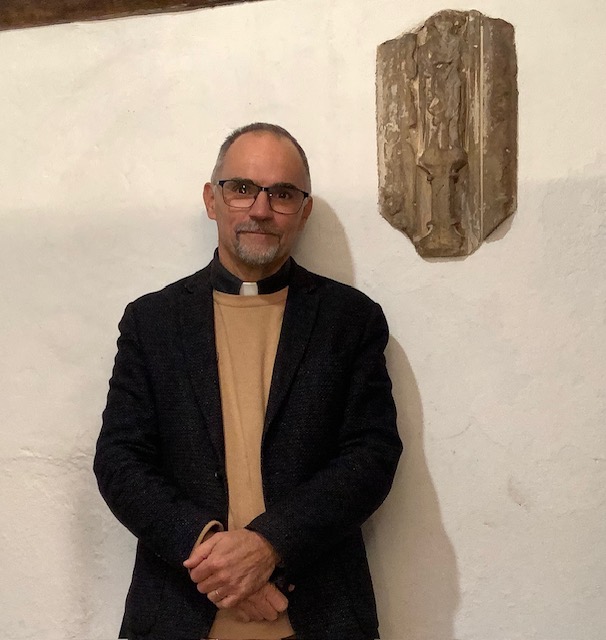
Revd Kenneth Cross outside Alcombe Church alongside a stone from St George’s, Dunster
He is also phlegmatic about the reasons for these decisions: “Because of financial pressures in the diocese, the Church of England has had to make some brave decisions on how we use the reduced pots of funds.” He says there are various reasons for these pressures starting with Covid but also West Somerset having one the oldest populations in the country and the rising cost of living.
Huw has been wondering how to address the challenges they are facing such as with services: “The Church of England need to make it more light-hearted to attract people back to the church. Where I used to live sometimes they used to have an informal service with discussions.”
When I refer to the issue of ageing congregations Kenneth is quick to respond. “I have found that just when you think that someone is too old and going to retire then somebody else comes along.” (I think of Huw). He continues: “People tend to get more reflective as they get older and they might not be churchgoers when they’re 35 but when they’re 55 they might return to that more questioning sense of what’s life all about and how can I further my community and often the church can offer that, especially in rural communities.”
Kenneth also talks about a need for the church to be “flexible” and explains that it “needs to engage with people from other faiths. I also think there should be a hands on spirituality through things like different types of services: we did an outdoor woodland family service recently in the tall trees at Nutcombe Bottom near Dunster which has the tallest tree in England, a Douglas fir. We talked about nature and how we treat nature.”
England’s tallest tree at Nutcombe Bottom where parishioners have been taking part in a different type of family service
Huw’s own desire is to think up alternative uses for St George’s. He and his wife have encouraged children to use the church by creating a children’s play and work area with its own poetry board which explains the presence of the young writers in the pews earlier. “We want children to come in. A lot of them come in before school now and do their crayoning.” He is keen to see the church used in other ways too. “I’d like to see clubs or more concerts.”
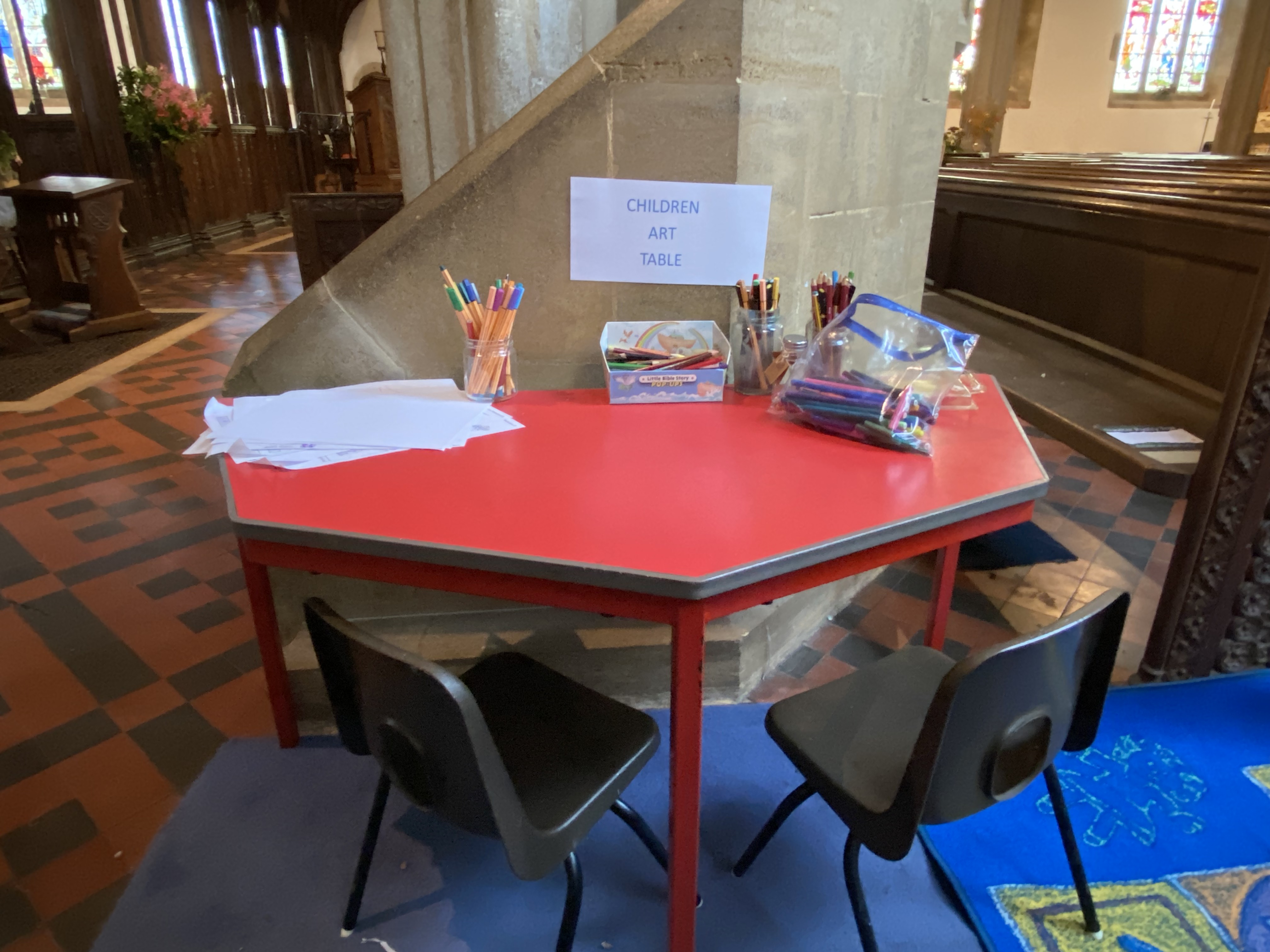
Kenneth echoes this attitude “Church buildings were used for all sorts of things throughout the ages. They were centres of the community and they need to remain that. We need to steward it in a way that involves local people.” He cites Dunster by Candlelight, a Christmas festival of music and performance as a good example of this.
Before I leave I return to the rood screen and notice Huw’s poetry board with children’s poems pinned to it:
As I step into the church quite near
I find that it is quiet here
The stained windows made of glass
Have figures on and ships with masts
Of holy god and Christ be blessed
Have the most almighty test
To make the world a better place
Instead of falling into waste
As I close the door I wonder at how this great space will be used when this young poet and his or her peers will be the next generation to oversee The Priory Church of St George.


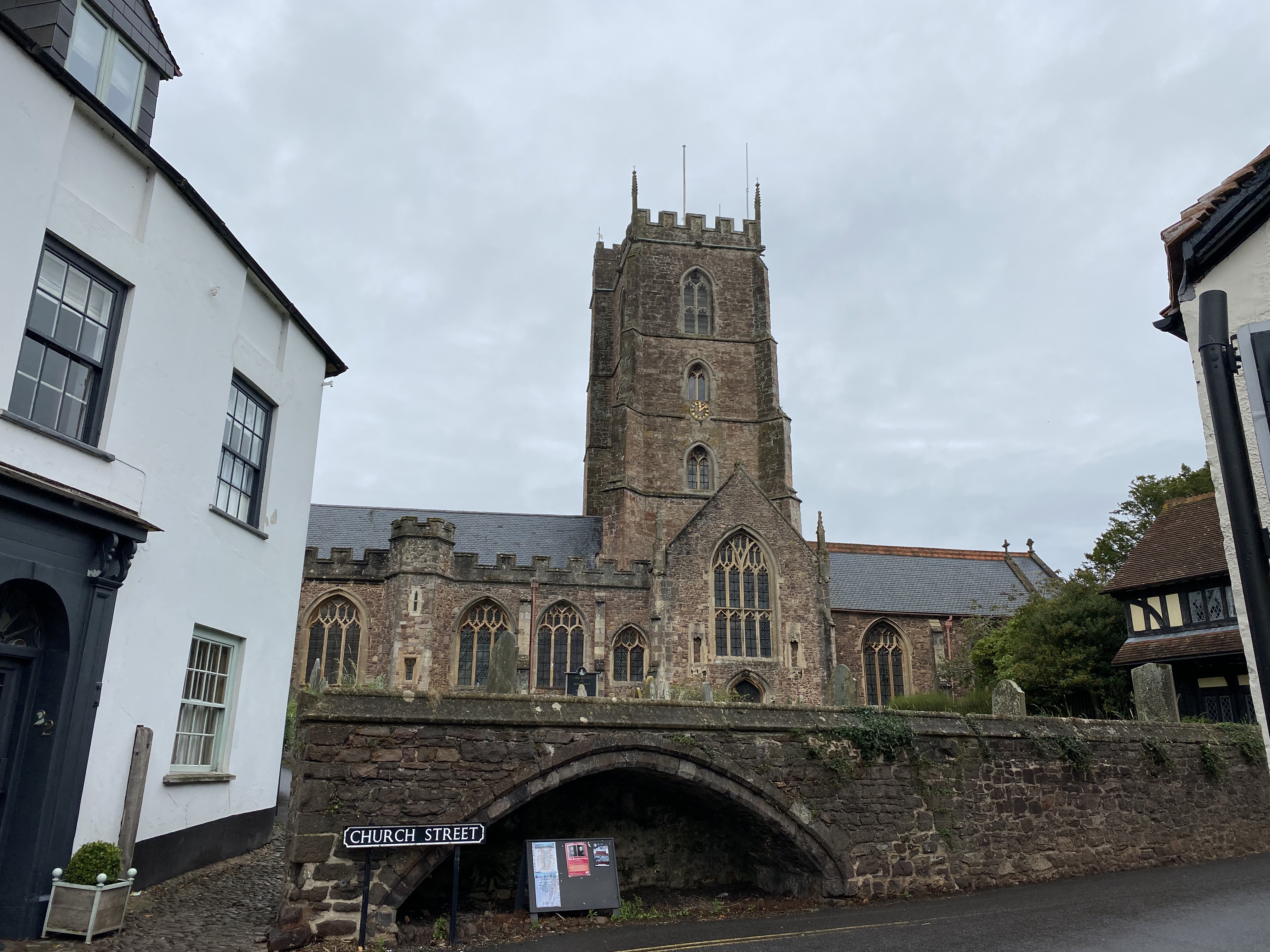
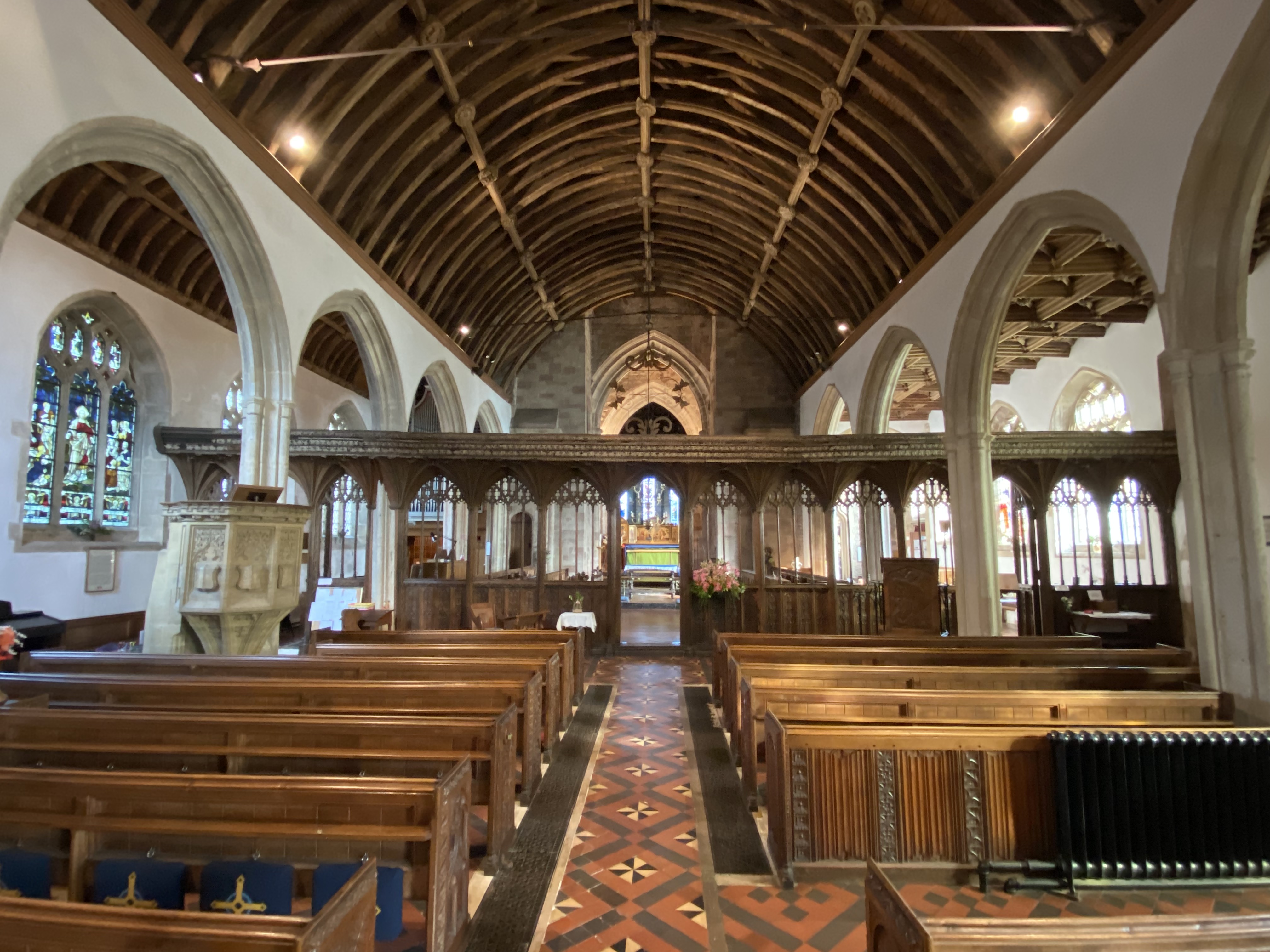
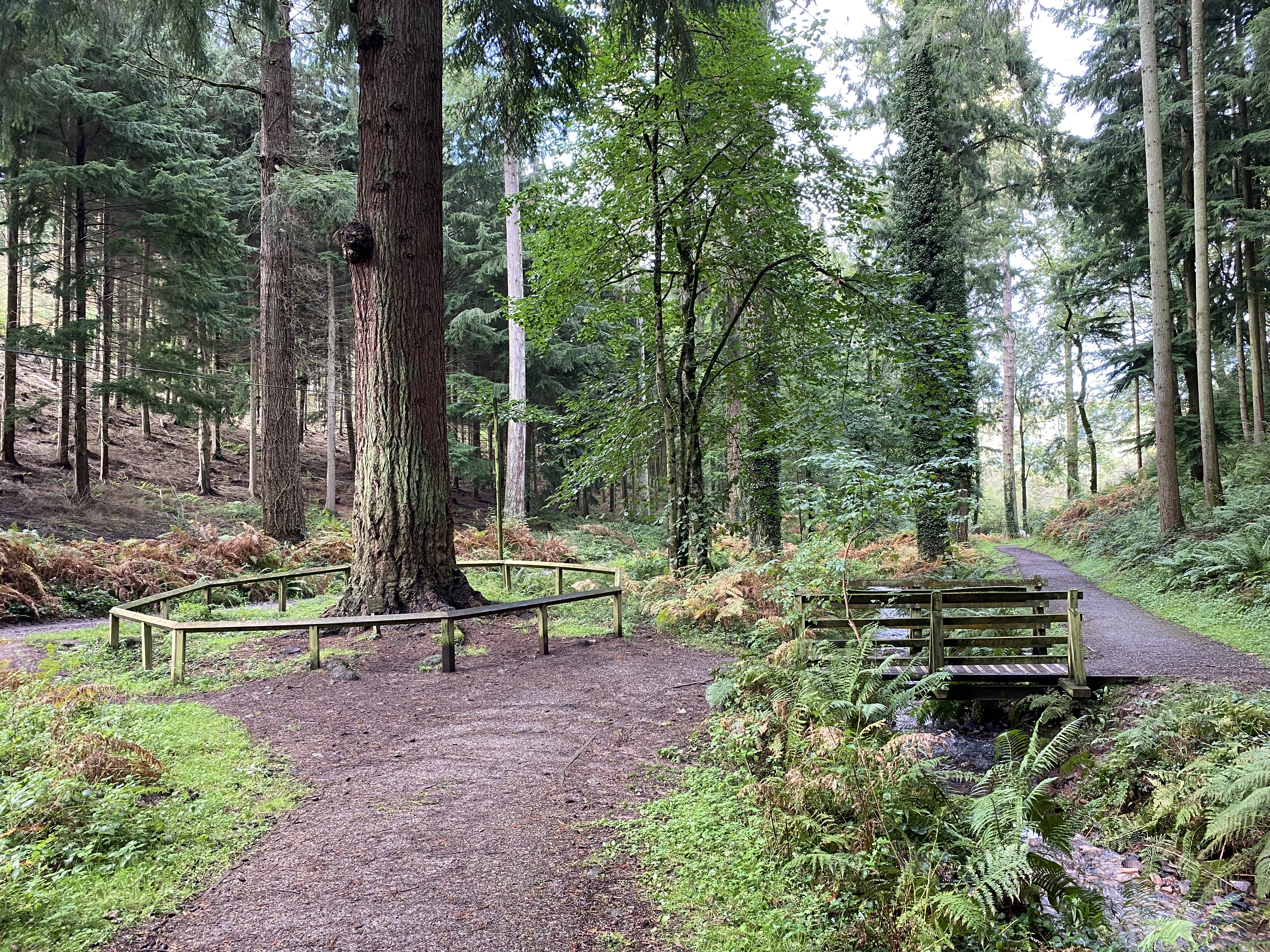
 Loading ...
Loading ...
What do you think?
You can post as a subscriber user ...
User comments (0)